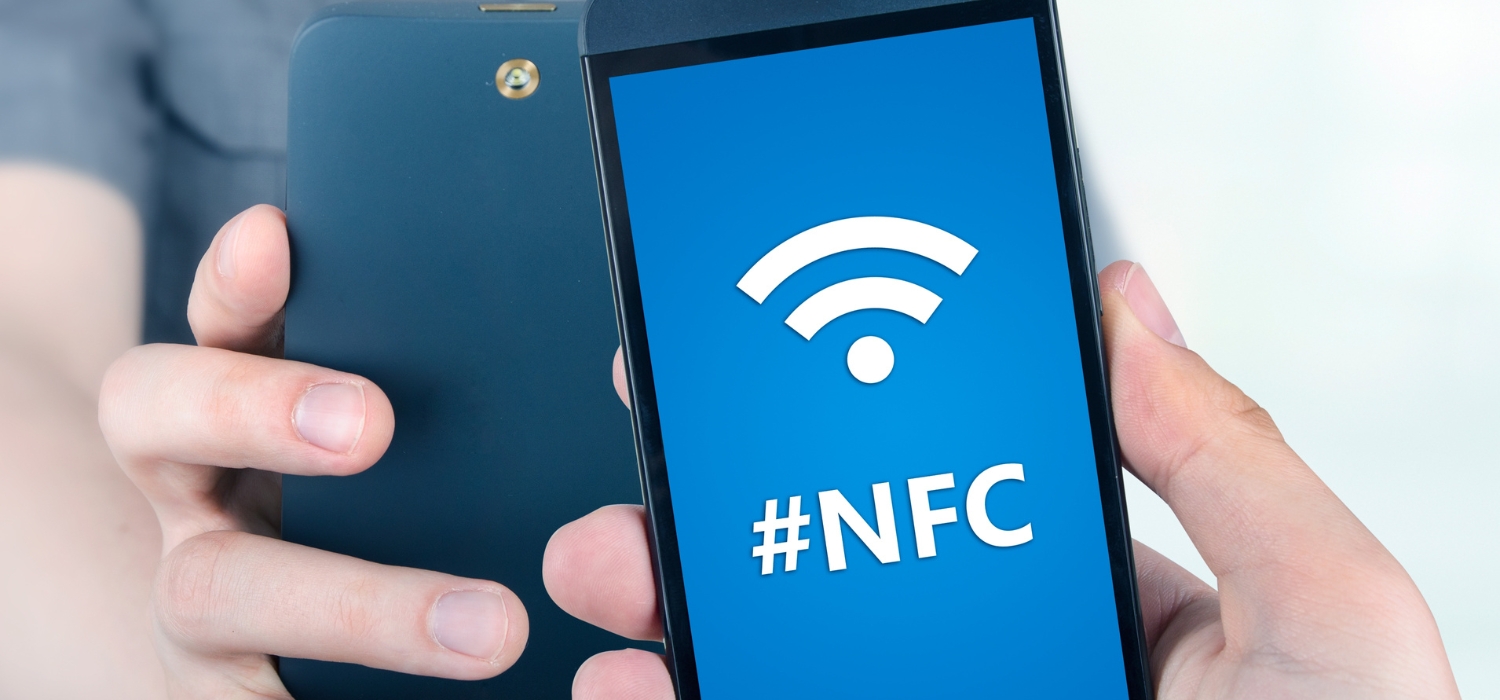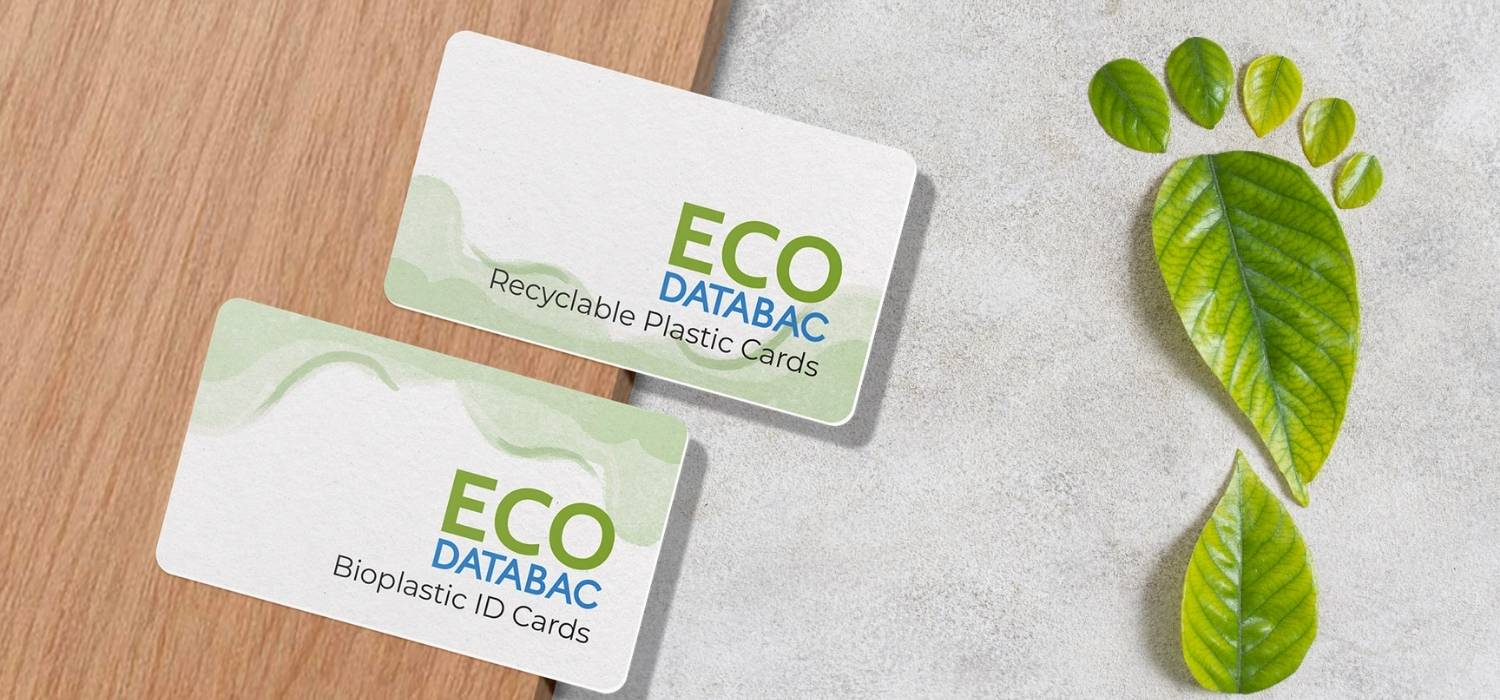The use of contactless payments has grown dramatically in the last several years. According to Media Indonesia, cash is still widely used in Indonesia, but its usage rate is declining from 87% in 2021 to 84% in 2022. The most rapidly rising is in-app payment, from only 45% in 2021 to 80% in 2022. This was followed by QR payments, which rose from 50% in 2021 to 62% in 2022. For card payments, the swipe method is still the most widely used at 59%, followed by online credit or debit cards at 55%.
NFC payment technology is primarily to blame for this expanding tendency. A system called NFC allows two devices to communicate wirelessly over short distances. Devices can share data within a few centimeters thanks to this technology.
NFC is used by many apps and services for a variety of purposes, including social media, gaming, sports, and contactless payments.
Learn about the evolution of NFC technology in 2023, as well as their advantages and disadvantages, by reading this article. Let’s get going!
What is NFC and How Does It Work?
The term “near-field communication” (NFC). It’s a technique that enables one-touch communication between devices by using magnetic field induction. NFC is a technology used by smartphones and other devices to exchange data, including text, photos, and other files. NFC technology is commonly utilized for contactless payment applications.
The transmitter that uses the standard NFC frequency to transmit signals is the NFC tag. The signal is picked up by the receiving device’s antenna. After that, the receiving NFC will analyze and verify the information to finish the exchange. Examine the following NFC technology gadgets in more detail:
- Smartphone: The majority of cell phones available today enable NFC technology.
- Credit and Debit Cards: To enable contactless payments, NFC chips are incorporated into the cards.
- Fitness trackers and smartwatches are examples of wearable technology that makes use of NFC.
- Because NFC is simple to pair and set up, it is used for home security in door locks and other smart home devices.
The Evolution of NFC
NFC technology has advanced significantly, and you might be interested in learning more about its creation.
Here are some highlights from the evolution of NFC to give you a quick overview.
- 1800s: NFC’s inception
Scientists believe that Thomas Edison’s radio transmission experiments are where NFC first emerged.
- The 1980s saw the start of near-field communication
RFID logically evolved into NFC. The technique facilitates the transmission of radio data to a recipient. Charles Walton received the first known patent for an RFID-enabled device in 1983, the same year he invented the NFC.
- Early 2000s – New NFC Technology
NXP Semiconductors and Sony created the new NFC technology in 2002. Telephone companies began incorporating NFC into their products around 2004.
- Mid-2000s: NFC Tags’ Ascent
The NFC tag manufacture began in 2006. For data exchanges involving an NFC-compatible device, it retains information. NFC has been used for many purposes in the years since, including document exchange and payment techniques.
- 2010s: NFC Integration with Cell Phones
In 2010, Samsung produced the first Android phone with NFC integration. 2011 saw the adoption of NFC for mobile payments via Google Wallet.
Read more: The Evolution of Event Management: Embracing NFC Wristbands for Events
Comparing NFC to Other Wireless Technology
Numerous wireless technologies are available on the market besides NFC. RFID, or radio frequency identification, is one of them. It can support fewer motions and has a longer range than NFC.
Similar to NFC, Bluetooth is a wireless technology. Because Bluetooth has a greater data transfer rate than NFC, it works better for exchanging files.
Wireless technology for more extensive network connection is called Wi-Fi. It is perfect for contemporary wireless internet because its data transfer rate is many times faster than that of NFC or Bluetooth.
The signal reach of Wi-Fi has expanded due to recent advancements in the technology. Devices with WiFi connectivity can also move around freely without severing the connection.
This is a comparison of several wireless communications with respect to applications, data rate, range, and power consumption:
| Feature | NFC | RFID | Wi-Fi | Bluetooth |
| Maximum coverage range | 10cm | 3m | 10m | 100m |
| Data rate | up to 424 kbit/s | varies with the frequency range used | 22 Mbps | 144 Mbps |
| Power consumption | 6 mW | 1.2 Watts | 1 Watt | 30 mW |
| Applications | Card payments, electronic business cards, transit ticketing | Item tracking, inventory control | File transfer, network data exchange, headset | Internet connection |
What Are The Benefits and Limitations of Using NFC Technology in 2023?
There are already several applications for NFC, but more could soon come to light. Given the state of NFC now, the following are its advantages:
- Convenient: One of NFC’s biggest benefits is its convenience, particularly when it comes to cashless transactions. Furthermore, NFC for cashless transactions is simple to use and comprehend. An ideal choice even for those who are not tech-savvy.
- Flexibility: NFCs can be used for a wide range of purposes, including marketing, security, and the integration of mobile apps. NFC is therefore a widely used technology across various industries.
- Protection: NFC transactions are challenging to use for illegal access since they necessitate proximity. Hackers find it challenging to intercept data while utilizing NFC for the same reason.
- Compatibility: Nearly all Android smartphones are NFC compatible, and Android OS continues to be the most popular mobile operating system worldwide. This facilitates the integration of NFC into business operations and goods.
- Low electricity Consumption: NFC requires very little electricity, which makes it simple to include in tiny, battery-operated devices.
Although NFC offers several advantages to its customers, there are certain restrictions when using it, including:
- Restricted Scope: NFC requires that devices be quite close to one another. Although this is also a benefit, there are drawbacks to NFC’s proximity constraint. This is particularly valid during periods of imposed social isolation.
- Restricted Rate of Data Transfer: The restricted data transfer rate of NFC is an additional drawback. This is not suited for any modern type of file transmission or complicated transactions, as it restricts NFC functions to simple authentication.
- Luggage Theft: Although it is nearly hard to intercept NFC transactions, losing the device can be an issue. Unauthorized users can freely utilize NFC devices in the absence of any additional security measures (such as 2FA or fingerprint recognition).
Read more: Is NFC Wireless Charging a Reality or Fiction?
Where Can NFC Technology Be Used?
Through contactless payments, NFC technology in 2023 simplifies consumers’ daily lives, but it has other applications that you may not be aware of. Below is an industry-wide list of NFC applications:
Using Mobile to Make Cashless Purchases
Paying via cashless transactions is how NFC is most frequently used. It offers consumers digital transport ticket storage via mobile phones and cards, as well as mobile wallets. NFC is used as a payment channel by restaurants, retail establishments, and transit systems.
Controlling Access for Safe Identity
Institutions and organizations employ Near Field Communication (NFC) technology in their access control systems to ensure safe user identification authentication. NFC is used by offices to track staff attendance and time. Door badges are also equipped with NFC to restrict authorized entry to specific locations.
Configuring Smart Home Technology
Smart houses are enhanced by NFC tags. With only one swipe on a smartphone, homes can be automatically programmed. Along with many other things, NFC manages lighting, door locks, laundry, and dryer timers, and tracks chores.
Watch this video for some creative ways to incorporate NFC into home automation:
Using NFC to Share Data
Data communication between two devices has been completely transformed by the developments in NFC technology in 2023. NFC makes sure that transfers are rapid and easy, whether you’re transmitting films for fun sharing business contacts at a networking event, or moving high-resolution photos from one device to another.
NFC in Promotion and Marketing
NFC tags and stickers are used in marketing materials for NFC campaigns. This allows users to learn about the product by tapping on advertising materials. NFC is used for this purpose in product packaging, billboards, posters, and flyers.
Read more: How to Activate NFC On iPhone 14? Complete and Easy Guide
NFC in Medical Fields
NFC is quickly becoming a game-changing instrument in the healthcare industry with a wide range of uses that improve patient care and expedite medical procedures. Patient identification is one of NFC’s most significant applications in the medical field. Healthcare professionals may quickly access a patient’s medical history, allergies, and other critical information by incorporating NFC tags or chips into patient wristbands or ID cards. NFC is essential for medication tracking in addition to patient identification. NFC-enabled devices can assist healthcare providers in precisely monitoring and managing drug schedules, which is crucial given the complexity of treatment plans and the pressing need for on-time medicine administration.
In The Global Near-Field Communication (NFC) Industry, What Are The Emerging Trends?

There are various new trends in the near-field communication (NFC) market worldwide. First off, the expansion of the NFC market is being driven by the growing use of mobile wallets and contactless payment systems. Second, NFC-enabled applications including digital healthcare, connected autos, and smart home automation are finding fresh traction as IoT and smart device proliferation continues. Thirdly, to improve consumer experiences and expedite operations, NFC technology is being used in several industries, including retail, transportation, and healthcare. Furthermore, the potential applications of NFC in the global market are being further expanded by technological breakthroughs including the introduction of wearable NFC devices and the integration of NFC with other technologies like blockchain.
Conclusion
Due to the advancements witnessed in NFC technology in 2023, near-field communication commonly referred to as NFC has experienced a significant surge in its adoption across various industries. From retail and entertainment to transportation and healthcare the versatility of NFC technology has been. Utilized for a range of purposes.
The year 2023 has brought enhancements to NFC technology not only expanding its capabilities but also uncovering potential for future innovations. The ability of NFC to facilitate secure data transfers simplifies payment processes. Even assisting in identity verification is just a glimpse of what it can offer. As industries continue to evolve and strive for user-friendly solutions exploring novel uses, NFC becomes increasingly crucial.
As we gaze towards the future of progress NFC technology in 2023 emerges as a symbol of ingenuity and promise. Its ability to revolutionize industries making transactions simpler and enhancing user experiences highlights its role in shaping the future of digital interactions. Although we have merely touched upon its potential one thing is clear; the expedition of NFC is only. Its impact, in the forthcoming years, will be truly extraordinary.


